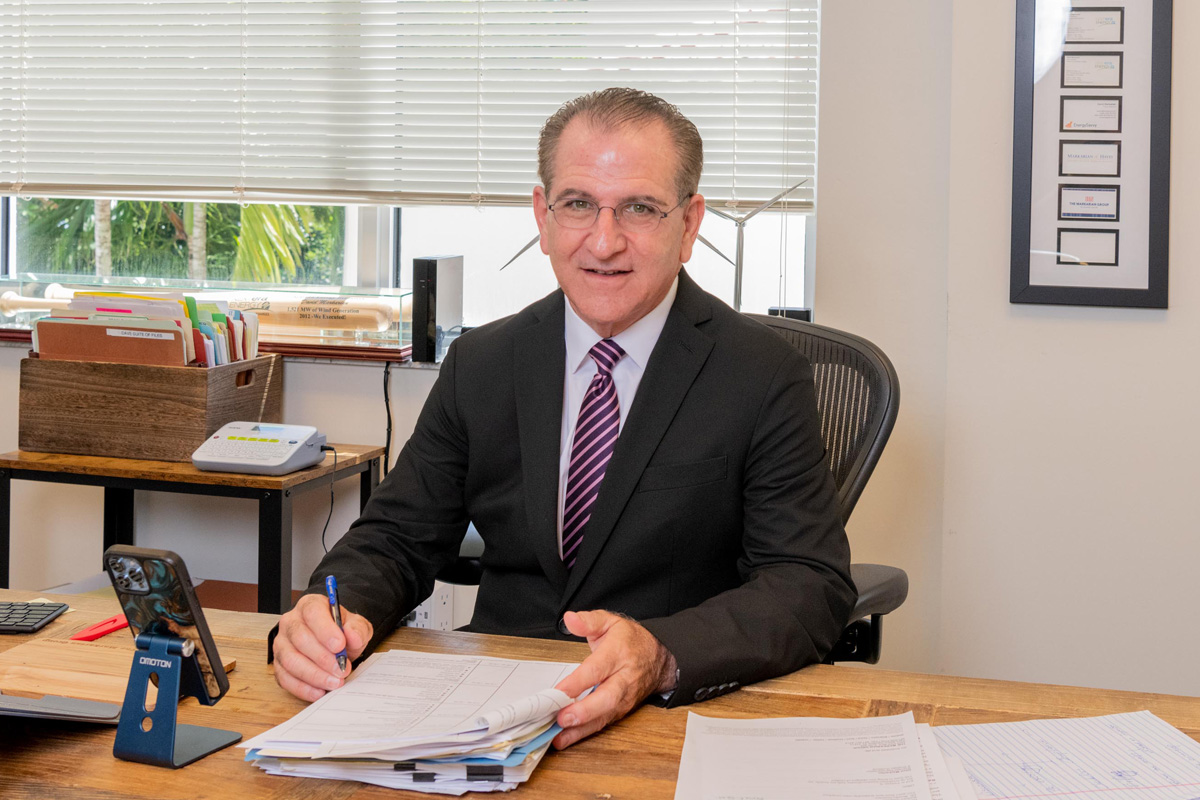Courtroom Experience is Paramount
I recall that the former General Counsel of a major company once confessed to me: …when I was a lawyer in private practice, the idea of attending a deposition made me nauseous, and the idea of appearing in court made me want to throw up.
It was the opposite for me. I always knew that I wanted to make a living in the courtroom from the time that I was in my early teens, and my experiences working my way through law school confirmed it. I was able to get a great deal of courtroom experience, early on. I tried my first case within four months of graduating law school, and argued and won my first appeal within the first six months.
The wide variety of cases that were available to me to try in the early days of my practice helped make me well rounded as an advocate. I learned how important it was to both convince juries and judges to see things “our way”, but also to keep the presentation of cases interesting and informative. My goal in those early days was to get as much experience in the courtroom as possible, and when there was a new matter brought into the firm, I volunteered to try it. In what seemed like a flash, I had tried everything from simple auto accident cases, to complex premises security matters to admiralty cases and to partnership disputes. I defended those accused of medical, legal or accounting malpractice, brought and defended product liability claims, and won countless complex corporate disputes. As my experience grew, I tried intellectual property disputes, energy cases, instances of toxic chemical exposure and a wide variety of matters that lent themselves to resolution in the courtroom.
Of equal value was that our high-level corporate clients routinely engaged in litigation exercises prior to trial that used focus groups (or “mock juries” as they were called) matching the demographics of our likely jury venire to allow us to pitch ideas, explanations, legal theories and arguments before we actually got to trial. This allowed us to experiment and determine what our likely jurors would seize upon and what would move them toward a decision that would favor our clients. Over time, we learned how to provide information to jurors which tended to drive decision-making, in order to influence them as effectively as possible. We learned how to draw upon scientific and mathematical analysis, to use courtroom graphics and state of the art “demonstrative exhibits” to ensure the most favorable outcome for our clients.
Still later in my career, I maintained a national practice, and tried cases of all kinds and varieties across the nation, and provided advocacy in regulatory hearings, permit hearings and before regulatory commissions. We tried cases involving real estate property disputes, NIMBY (“Not In My Back Yard”) matters, nuisance claims and some of the most consequential cases involving renewable energy over the course of the last decade. More recently, we’ve had great success (and landmark rulings) in trust and estate litigation, injunctions, replevin actions, employment and partnership disputes.
What this means for you? Few people have as broad a background in courtroom advocacy, or more nimble experience in such a wide variety of matters. We have more than 35 years of experience trying cases of all kinds, and we consider the courtroom our home. We know how to take nearly any set of facts involved in a dispute and have them come alive in a courtroom or other forum. We ensure compelling presentation of evidence that jurors and other decision-makers can use to decide matters favorably.
By David Markarian


